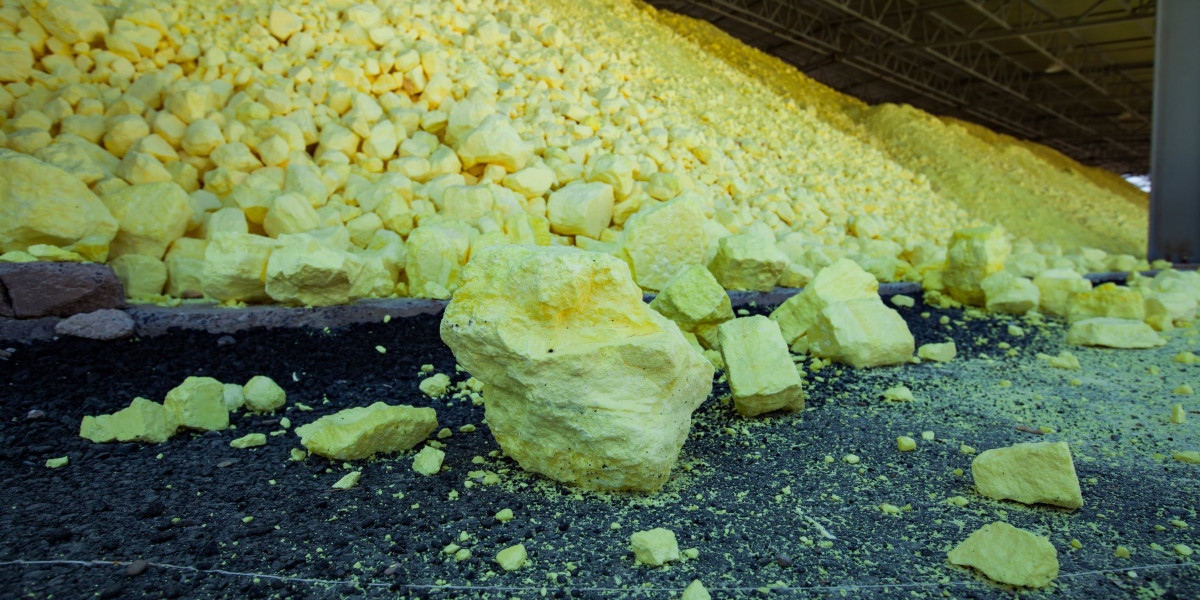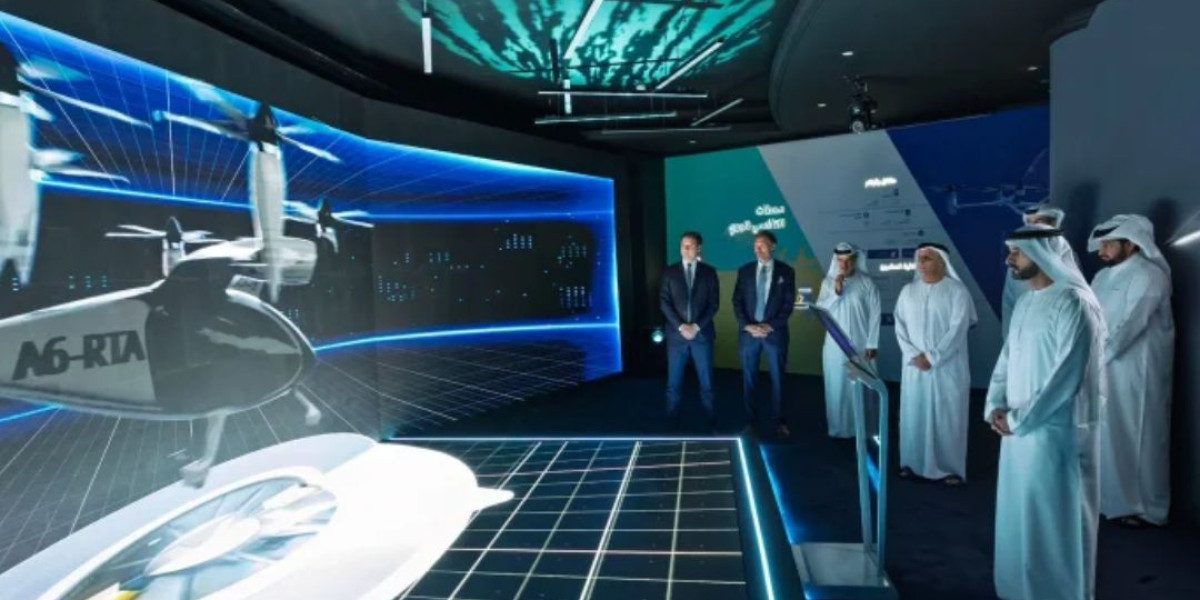An Energy Recovery Ventilation (ERV) system is a ventilation solution designed to improve indoor air quality and energy efficiency by exchanging heat and moisture between the incoming and outgoing air streams. Unlike traditional ventilation systems, an ERV system uses a heat exchanger to transfer heat from the stale air being exhausted out of a building to the fresh air being drawn in, helping to maintain consistent temperature and humidity levels throughout the year. This process significantly reduces the amount of energy required to heat or cool the incoming fresh air, making it a highly efficient system for homes and businesses alike.
ERV system are particularly beneficial in environments where controlling indoor humidity and temperature is important. These systems help to optimize air quality by ensuring that fresh air circulates throughout the space while minimizing energy losses, providing both comfort and cost savings in the long run. By efficiently managing the exchange of heat and moisture, ERV systems are ideal for residential, commercial, and industrial buildings looking to reduce energy consumption while maintaining a comfortable indoor environment.
Why an ERV System is Essential for Energy Efficiency
One of the primary reasons for installing an ERV system is the significant impact it has on energy efficiency. Traditional ventilation systems often pull in air that must be conditioned—heated in the winter or cooled in the summer—before it enters the building. However, this process consumes a considerable amount of energy. An ERV system, by transferring heat and moisture, reduces the need for additional heating or cooling, which leads to a reduction in energy consumption.
The benefits of an ERV system go beyond just energy savings. By continuously providing fresh, filtered air, ERVs help maintain indoor air quality by removing excess moisture and pollutants from the air. This is particularly important in commercial and residential spaces where air quality can deteriorate over time due to insufficient ventilation. An ERV system helps prevent issues such as mold, allergens, and stale air, contributing to a healthier, more comfortable environment.
What is Commercial HVAC?
Commercial HVAC refers to the heating, ventilation, and air conditioning systems used in commercial buildings such as offices, restaurants, hospitals, and schools. These systems are designed to handle the unique needs of larger spaces, providing climate control, air filtration, and humidity regulation for a diverse range of environments. Commercial HVAC systems are typically more robust and complex than residential systems, as they must be able to efficiently heat and cool larger areas while maintaining air quality and comfort for a greater number of people.
A well-designed commercial HVAC system is critical to maintaining employee productivity, customer comfort, and the overall health of a building’s occupants. These systems include components such as air handlers, chillers, boilers, ducts, and thermostats, all working together to ensure that the building remains at a consistent temperature and humidity level. Commercial HVAC systems can be customized to meet the specific needs of the building, whether that’s focusing on energy efficiency, air quality, or temperature control.
How ERV Systems Integrate with Commercial HVAC Systems
When combined with a commercial HVAC system, an ERV system offers even greater energy savings and improved air quality. In commercial spaces, energy consumption can quickly add up, especially if the building is large or operates during extended hours. Integrating an ERV system with an HVAC setup allows the building to precondition the incoming air, reducing the strain on the HVAC system and optimizing energy use.
For example, in the summer, an ERV system will pre-cool the incoming air using the cool air being exhausted from the building, minimizing the amount of work the air conditioning system has to do. In the winter, it works the same way by pre-heating the incoming cold air, thus reducing the workload on the heating system. This synergy between the ERV and commercial HVAC system can significantly reduce energy costs, making it a crucial part of modern, energy-efficient building designs.
The Benefits of Combining ERV and Commercial HVAC Systems
The integration of an ERV system with commercial HVAC provides numerous benefits beyond just energy savings. These systems work together to improve indoor air quality by ensuring that fresh air is consistently circulated, helping to prevent indoor air pollution, reduce humidity levels, and eliminate stale air. With better ventilation and air circulation, employees, customers, and other building occupants can experience improved comfort and productivity.
Moreover, by utilizing an ERV system, businesses can comply with increasingly strict energy efficiency regulations. Many building codes now require systems that meet certain sustainability and efficiency standards. An ERV system combined with an efficient HVAC solution helps meet these standards while also reducing the carbon footprint of the building, making it an environmentally responsible choice.
Why Choose an ERV System for Your Commercial Space?
An ERV system is an excellent choice for any business looking to improve air quality and reduce energy costs. The system offers a cost-effective way to manage ventilation in a building without sacrificing comfort or air quality. Whether you’re running a large office building, a restaurant, or a school, an ERV system can help you maintain a pleasant and healthy environment for your staff and customers.
When combined with a commercial HVAC system, the ERV system enhances energy efficiency and ensures that your HVAC system runs at its optimal performance level. The result is reduced operational costs, better environmental performance, and increased occupant comfort.
Conclusion:
In conclusion, both ERV systems and commercial HVAC systems play a crucial role in maintaining energy efficiency, air quality, and comfort in commercial buildings. By integrating these systems, you can ensure that your building is both energy-efficient and environmentally responsible while also improving the indoor environment for your occupants. To learn more about how ERV systems and commercial HVAC can benefit your building, visit Ephoca.com for expert advice and solutions tailored to your needs.
Blog Source Url:-
https://ephoca.blogspot.com/2025/05/the-importance-of-erv-systems-and.html



